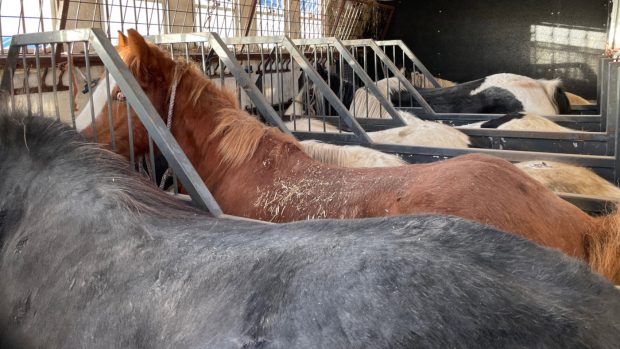People who have intrusive bridleways and paths running across their properties have lobbied Defra for a more common sense approach to rights of way legislation.
The Intrusive Footpaths Campaign met Defra last week (10 September) and presented ministers with evidence of stress-related illness and life savings lost through prolonged legal battles. The group represents landholders who have bridleways, paths and byways running directly through small gardens, yards and even houses.
Five of the campaigners’ case studies involve bridleways.
Campaigner Colin Ray had a path drawn right through the middle of his house when the Countryside and Right of Way Act 2000 further eased the process for claiming forgotten routes.
“The ancient network served the purpose of getting workers and drovers across fields, so it cannot be expected to match the recreational uses of the 21st century,” he pointed out.
One route allegedly contributed to the depressive illness of a landowner who committed suicide. Another case study cites a county council that spent £500,000 of public money on a bridleway battle that cost the family their farm.
The campaign group is seeking to change rights of way legislation by designating farmyards and family homes “excepted land” and bridleways more subject to permanent diversion.
They hope the draft Deregulation Bill will enable a more common sense approach to diversions — having been frustrated by the reluctance of both users and existing law to allow small detours that would provide more privacy.
But British Horse Society (BHS) access director Mark Weston said the Deregulation Bill said rights of way existed for “the benefit of the community at large”.
“Riders have access to only 22% of the network, carriage drivers only 5%,” he told H&H.
“It is therefore important that, if people want to move them, they are diverted rather than extinguished, and that the new route is no less convenient and suitable.”
This news story was first published in Horse & Hound magazine (19 September 2013).



